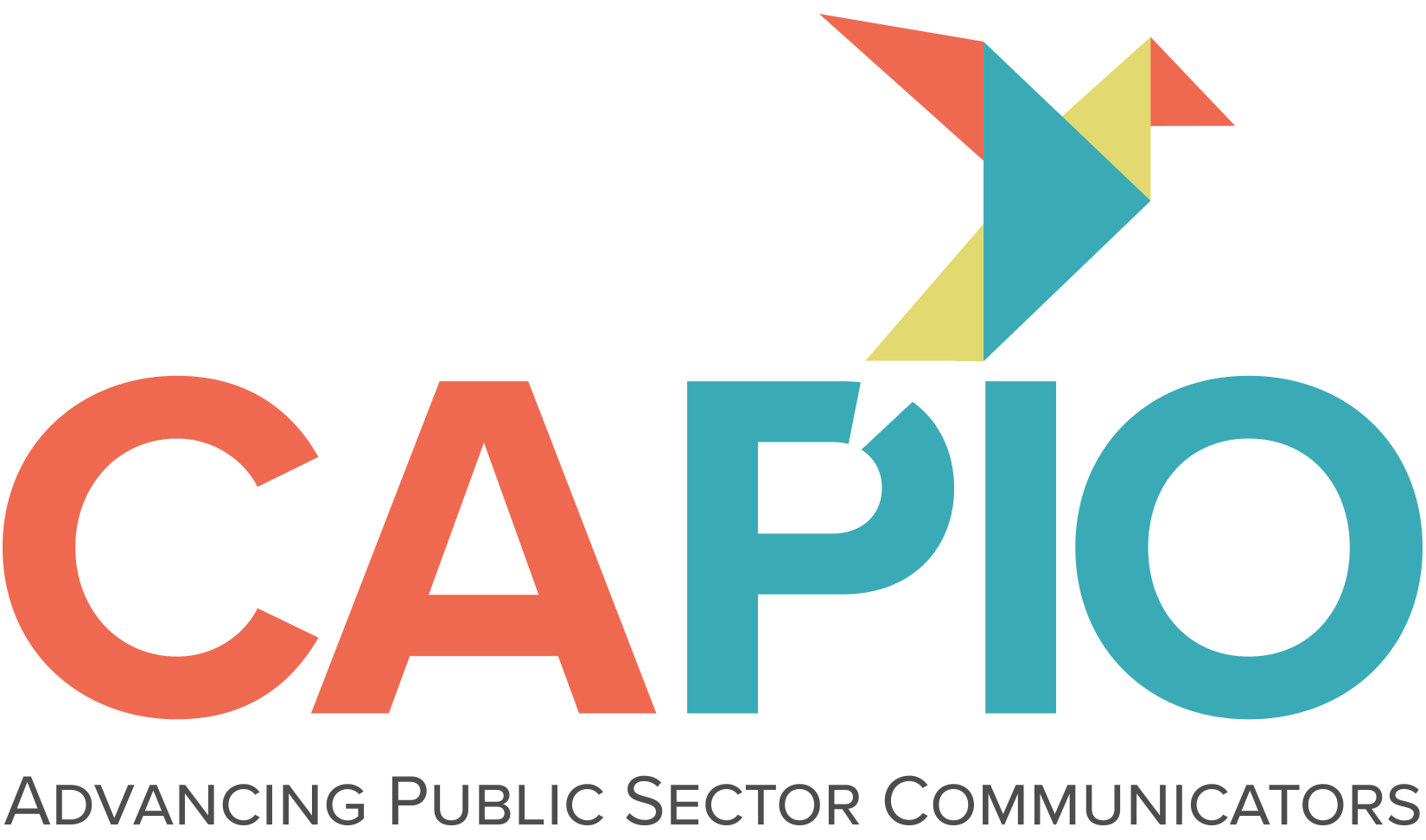A Health Officer’s Perspective: The Unseen Emotional Labor of Government PIOs
By Dr. Rob Oldham, Health Officer and Director, Placer County Health & Human Services
The job of a PIO is anything but typical. It’s not just media calls and crises. It’s diplomacy, storytelling, data analysis, event logistics, frontline messaging, and sometimes, informal therapy for frustrated constituents or rattled staff.
As a health director with a background in psychiatry, I’ve seen firsthand how much weight PIOs carry, often quietly and without acknowledgment. In my career, I have been so fortunate to work with several different PIOs who have each brought me, my organization, and our community immense value. I have also seen the toll that their work can take and the importance of ensuring that they get the support they need.
While the issue of burnout comes into particular focus during emergencies—wildfires, public health threats and more—the truth is the pressure rarely lets up, even outside of crisis. PIOs regularly shift from high-stakes crisis response to the daily grind of public engagement, project deadlines, policy rollouts and community outreach.
Stress by a thousand details
PIOs juggle tasks that span multiple disciplines and stakeholder groups. On any given day, they might go from writing a press release about a new county service to fielding constituent complaints, to planning a media event, to defending a controversial policy on social media. Each interaction is an exercise in tone, timing and tact.
What makes this uniquely taxing is that PIOs serve as the emotional buffer between government and the public. When residents are angry, confused, or scared, it’s often the PIO who absorbs the first wave. They’re expected to remain calm, clear, accessible and empathetic—whether they’re on the clock or not. That constant state of emotional self-regulation is draining.
And unlike many other high-stress professions, PIOs often don’t have clear “off” hours. The internet doesn’t sleep, and neither do breaking stories or viral misinformation. In smaller jurisdictions, they may also wear multiple hats, with little backup. It’s a recipe for chronic stress, even in so-called “quiet” times.
The biology of burnout
In psychiatry, we’ve come to understand burnout not as a character flaw or a personal failure, but as a physiological response to prolonged stress. Burnout isn’t just feeling tired or stressed. It actually causes real changes in your body and brain. When you’re burned out, your body’s stress system works overtime. Parts of your brain that help you think and control your feelings can shrink, while the part that makes you feel worried or upset can get bigger. Burnout can also make your immune system weaker and raise your risk for health problems like heart disease. So, burnout is a real health issue that affects both your mind and your body. For many people, including PIOs, the path to burnout can be subtle. It can show up as a loss of motivation, a growing irritability, or a sense of detachment from the community they care so deeply about. These are warning signs, not weaknesses.
What can we do to prevent and address burnout? First, let’s start with recognition. Communications work is often invisible when done well. We need to be more vocal in acknowledging the value and emotional effort PIOs bring to their agencies. This isn’t just “fluff.” It’s public service.
Second, we need to support better boundaries. That could mean rotating weekend coverage, resisting the culture of always-on availability, or simply encouraging teams to take real lunch breaks away from their desks. These small steps matter.
Third, normalize access to mental health resources. We can’t expect our communicators to promote wellness programs externally while silently suffering internally. Leadership should regularly talk about mental well-being in ways that are relatable and stigma-free.
And finally, we must foster connection. Peer networks, like those supported through CAPIO, are not just professional resources. They are protective factors against isolation. When communicators can lean on each other for advice or even just a laugh, it helps reinforce that they’re not alone in the work.
Thank you, communicators
To every PIO out there working through the inbox backlog, fielding criticism with grace, drafting one more explainer article, I hope you know the work you do is essential. It shapes public trust. It informs action. It brings clarity in moments of confusion and connection in moments of disconnection.
But you’re not a machine. You deserve support, space and time to rest, whether you’re in crisis mode or navigating the rhythms of a “normal” week.
In public health, we talk a lot about prevention. That applies here, too. If we want resilient organizations, we need to start by protecting the people at the heart of the message.
Your care for the public is constant. Let’s make sure the care comes back to you, too.

